|
By Charles Larry Nachusa Volunteer The sound of the sandhill crane seems to echo across an immense gulf of antiquity. Cranes evolved during the Eocene (56-33.9 million years ago). The earth was warmer and wetter during this time, and in North America, with vast areas of prairie, savanna, marsh, and shallow inland seas, it was ideal habitat for the ancient ancestors of modern cranes. This early crane was likely a relative of the crowned crane now found in Africa. Fossil remains of this early crane have been found in North America, dating some 10 million years. But then the climate in North America started to cool, eventually bringing about the Ice Ages. These events saw the disappearance of this early crane on the continent. At some point a relative of the modern crane, one suited for cooler climates, evolved here. The earliest fossil of this later crane was a bone almost identical to that found in modern sandhills. This fossil was found in Florida, dating back 2.5 million years. Modern sandhill cranes (Grus canadensis) are divided among two and six geographical subspecies, depending on sources. Generally, there are the greater and lesser sandhills. Nachusa Grasslands has had sandhill cranes stop over for brief periods over several years. In August of 2018, even a pair of whooping cranes stopped and then moved on! As far as is known, this is the first time that a pair of sandhills have nested and raised two colts (as the young sandhills are called) at Nachusa. It is usual for sandhill cranes to lay two eggs, a few days to a week apart, but it is rare that both colts will live to fledge. Some reasons as to why only one colt survives are various predators, lack of sufficient food, and sometimes the aggression of the older crane toward its slightly younger sibling. At Nachusa both of the young have fledged and are flying. Sandhill cranes usually mate for life. They become sexually mature at two years old but four or five years old is more likely to be when mating begins. Sandhills are well known for their "dancing" during mating season. This behavior is not fully understood, as cranes of any age may dance at times not related to breeding season. It is thought to also be a way of working off aggression. Both sexes participate in the building of the nest, constructed in or near water. Nests are composed of plant material found near the nesting site, such as cattails, sedges, rushes, and grasses. Nests can be six feet in diameter. At breeding time both sexes "paint" their feathers with clay and mud. The birds are normally gray in color, but the painting changes the feathers to brown. This is thought to be a camouflaging technique to blend in with the nesting site. Both parents incubate the eggs. While one sits on the nest, the other is either standing guard or gathering food. The female usually sits on the nest during the night. Hatching is about a month after laying. After hatching, the cranes abandon the nesting site, moving to a hidden spot somewhere still near water. The parents are fiercely protective of the young. Many predators are a danger to either the eggs or the colts. Among them are coyotes, foxes, raccoons, owls, and various hawks, all of which inhabit Nachusa Grasslands. Sandhills eat a variety of food, from insects such as grasshoppers or dragonflies, to aquatic plants and tubers, to small mammals such as mice, to snakes and worms. They will even eat the eggs of other birds, such as red-winged blackbirds, rails, and ducks. More recently, sandhills have learned to forage in cornfields and will often flock in vast numbers doing this. During breeding season, they are very territorial with an average territory range of about 20 acres. Until the cranes abandon the nesting site, where they are more or less isolated, they will defend this territory from other sandhills and predators by various aggressive displays and even fighting. By late summer the sandhills will probably move to an area where there is a larger crane population and more abundant food to fatten up for migration, which will happen sometime in the fall. The juveniles will stay with the parents during migration and through the winter. Sometime in the following spring they will separate from their parents and go out on their own. The main winter flyways for migration in this area are either south to Georgia or Florida or over to Texas. Sandhill cranes are threatened, as is true of cranes the world over. Climate change is one major threat. Droughts have become much more frequent, and wetlands are disappearing. In some states cranes are hunted. In the past, this resulted in the extinction of sandhills from Washington State in 1941. They have now been reintroduced to this state in small numbers. Farming conversion to incompatible crops (soybeans) over crops like corn also threatens cranes. Probably the biggest threat is from loss of habitat from urbanization and development. The sandhill crane is a magnificent bird. It would be tremendously sad if someday the sandhill crane were to join the thousands of species disappearing from our planet. To hear no more the sound of this bird, which author Peter Matthiessen says is "the most ancient of all birds, the oldest living bird species on earth." Sad indeed. Sources: Johnsgard, Paul A. A Chorus of Cranes: the Cranes of North America and the World. University of Colorado Press, 2015. Forsberg, Michael. On Ancient Wings. University of Nebraska Press, 2004. Matthiessen, Peter. The Birds of Heaven, North Point Press, 2001. Useful websites: If you would like to play a part in habitat restoration for sandhill cranes at Nachusa Grasslands, consider joining our Thursday or Saturday Workdays, or give a donation to the Friends of Nachusa Grasslands. Donations to Friends can be designated to support the ongoing stewardship at Nachusa.
12 Comments
Paul Swanson
8/31/2020 08:25:03 am
Well done Charles! Great combination of history and hope. Nice to hear Sandhills are breeding at Nachusa.
Reply
Charles Larry
9/1/2020 08:53:23 am
Thank you so much, Paul!
Reply
Susan
9/1/2020 06:56:17 am
Thank you , Charles and Emmylou!
Reply
Charles Larry
9/1/2020 09:34:32 am
You're so kind, Susan. Thank you!
Reply
Betty Higby
9/1/2020 02:37:09 pm
As usual, superb photos, Charles, and very informative accompanying narrative. Thank you!
Reply
Charles Larry
9/1/2020 03:37:17 pm
Thank you very much, Betty!
Reply
Carole Brisebois
9/4/2020 11:07:02 am
my favorite birds when I lived in florida..had many visits from them
Reply
Stephanie Bosley
5/18/2021 08:20:37 am
I had never seen these magnificent birds let alone hear their call. We had a pair on our front lawn and witnessed their mating dance which was incredible. They stayed close by for a couple of weeks in a wet area across the street from us here in Wisconsin. I haven't heard them now for a week and I miss them terribly they are so beautiful.
Reply
Charles Larry
5/21/2021 12:07:26 pm
I'm always thrilled to see and hear these cranes. They are such magnificent birds. Thank you for your interest.
Reply
Charlene Maciad
3/21/2022 03:22:28 pm
Charles love your Nachusa photos! You are the best! My nephew wants to know how many (in season) cranes are at Nachusa. Can you tell me? If not who would at Nachusa would know? I am a volunteer there sometimes on Saturdays. Love collecting seeds! Do you know Jeff Meiners who also takes great photos of Nachusa. His backyard butts up to the Bison enclosure. My daughter is married to Gaven Meiners, son of Steve Meiners, so I know the entire family.
Reply
Charles Larry
3/22/2022 05:14:14 am
Thank you so much, Charlene! I don't know how many cranes are at Nachusa. I think the numbers are increasing as I hear crane sounds from various places at Nachusa. I don't know Jeff Meiners personally, but follow him on Instagram and greatly admire his photos, as well as I do those of Garett Meiners who takes beautiful bird photos. I've met Garett.
Reply
Charlene Macias
3/22/2022 09:32:59 am
Thank you Charles. Love your work!! Your comment will be posted after it is approved.
Leave a Reply. |
Blog CoordinatorDee Hudson
I am a nature photographer, a freelance graphic designer, and steward at Nachusa's Thelma Carpenter Prairie. I have taken photos for Nachusa since 2012. EditorJames Higby
I have been a high school French teacher, registered piano technician, and librarian. In retirement I am a volunteer historian at Lee County Historical and Genealogical Society. Categories
All
Archives
January 2024
|
CONNECT WITH US |
|
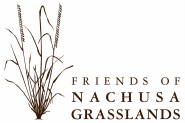
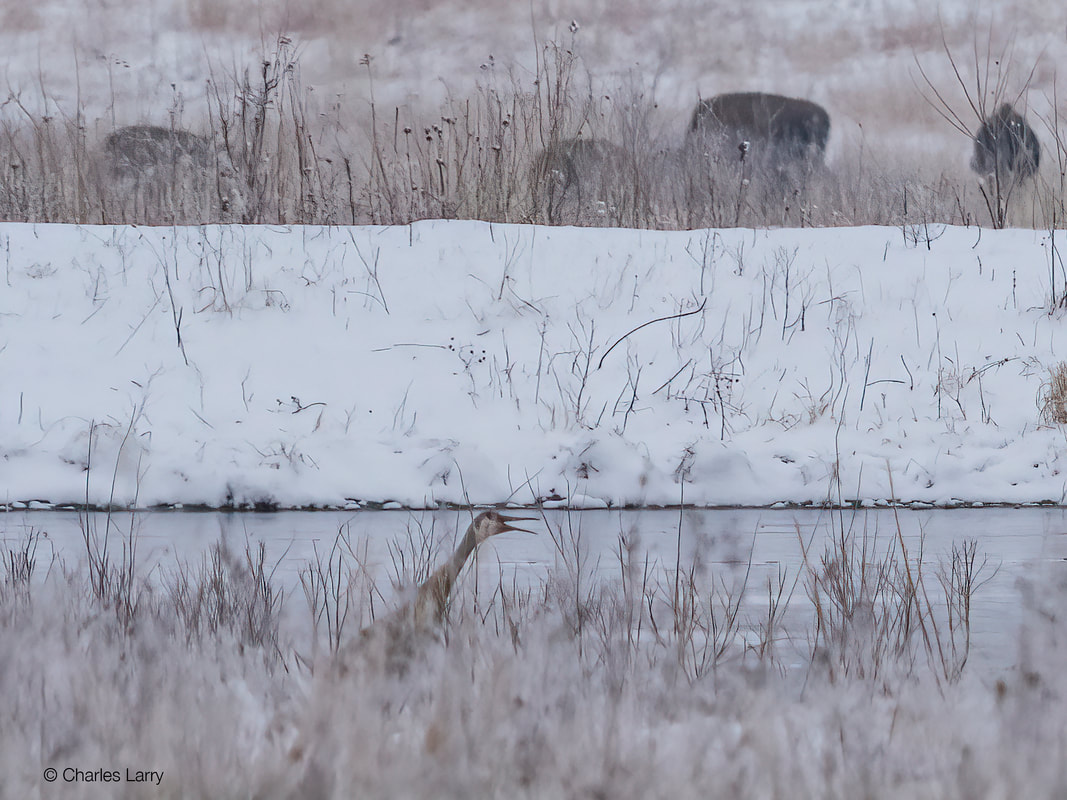
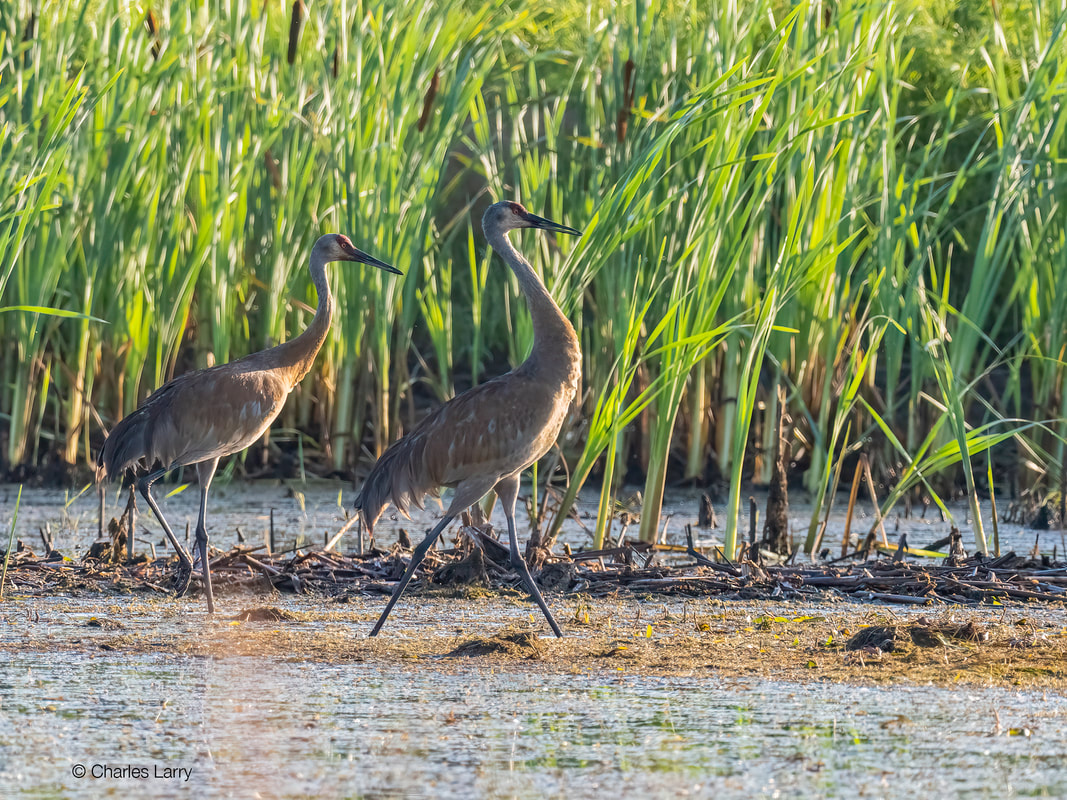
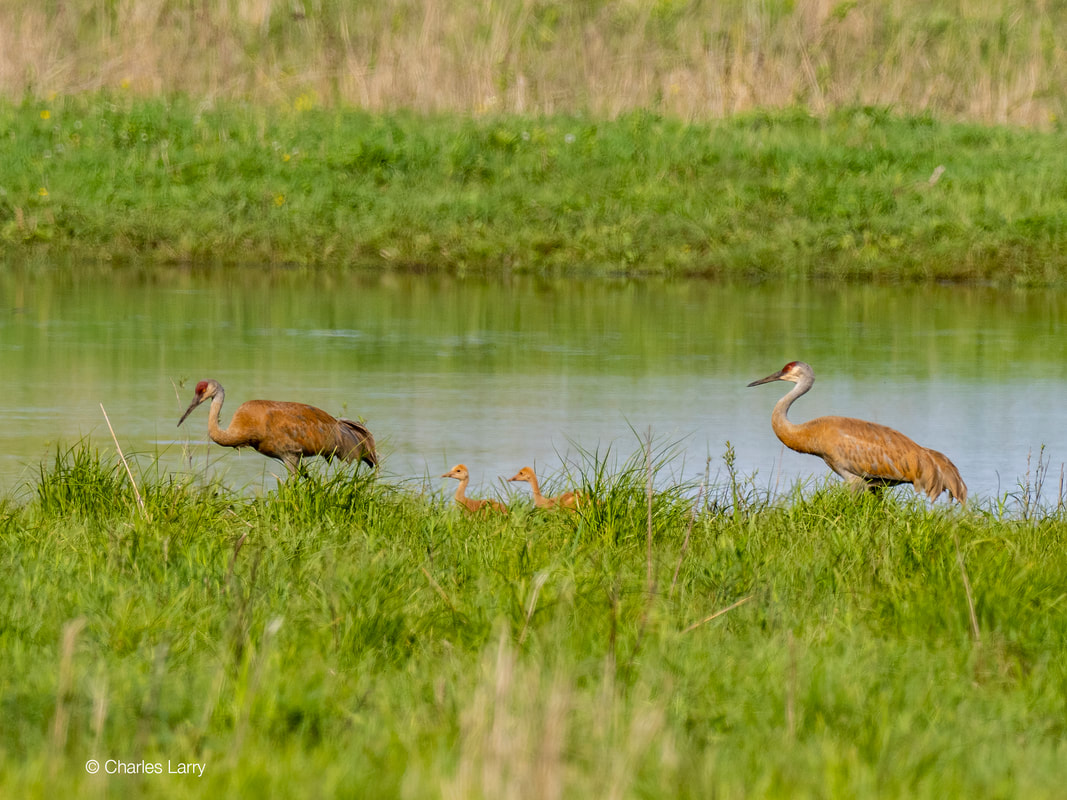
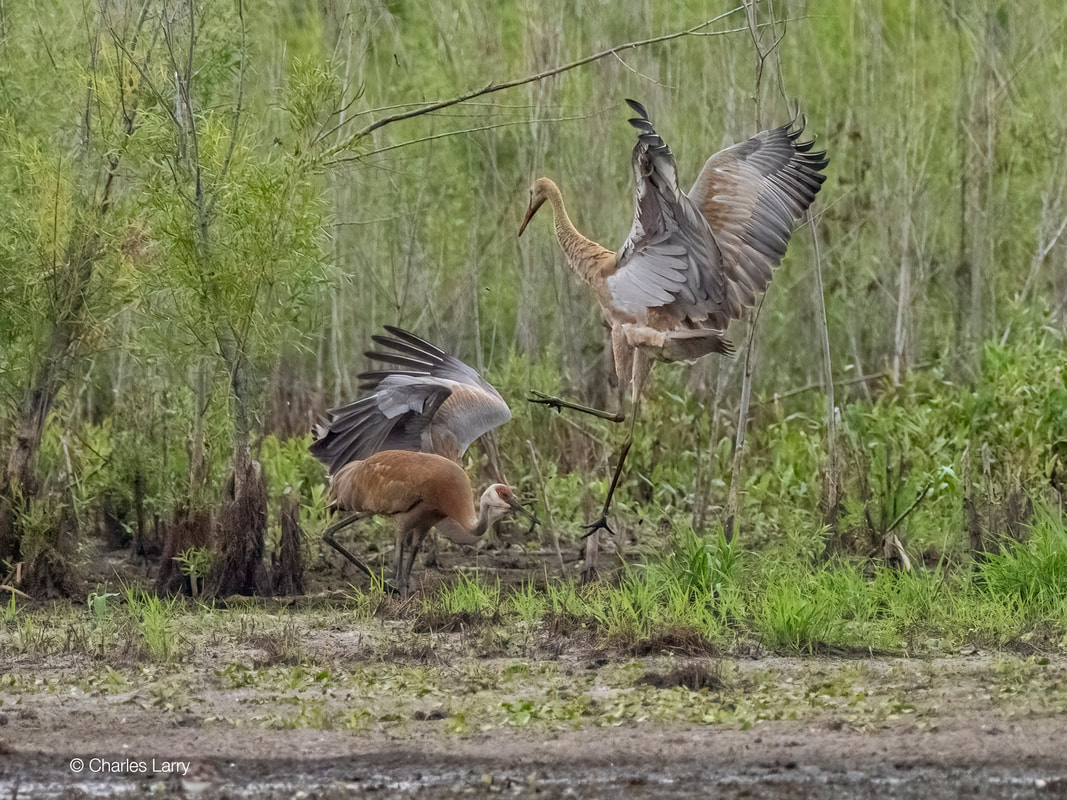
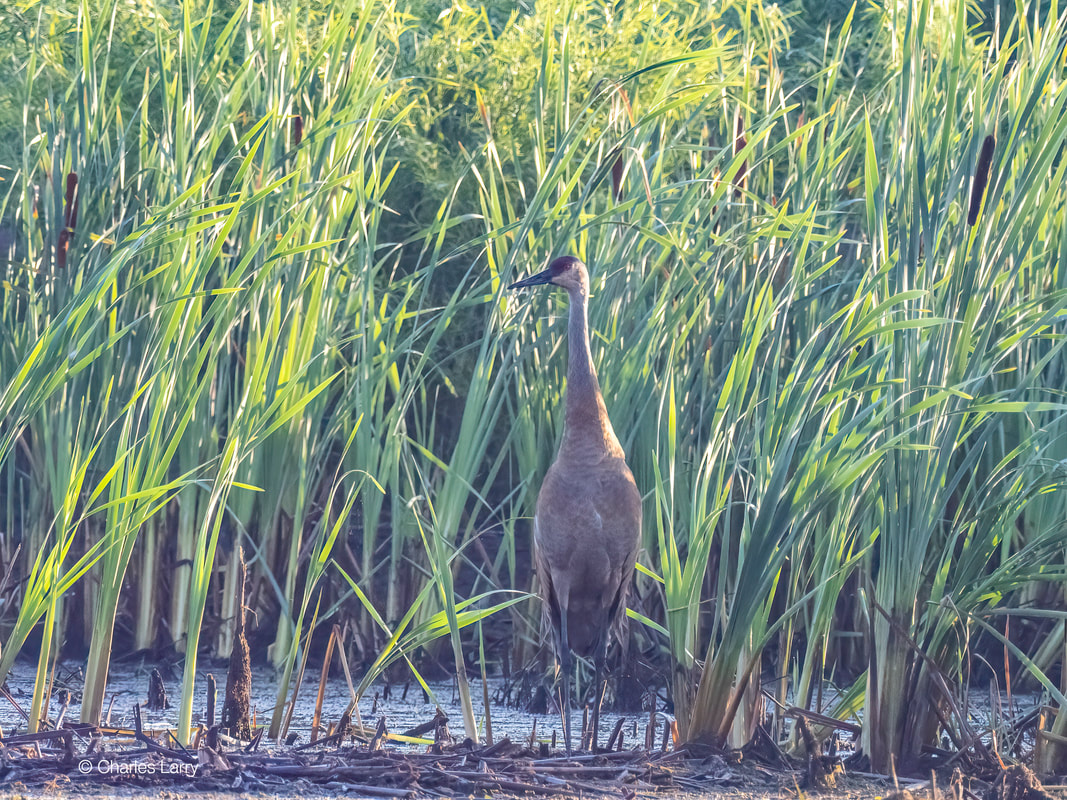
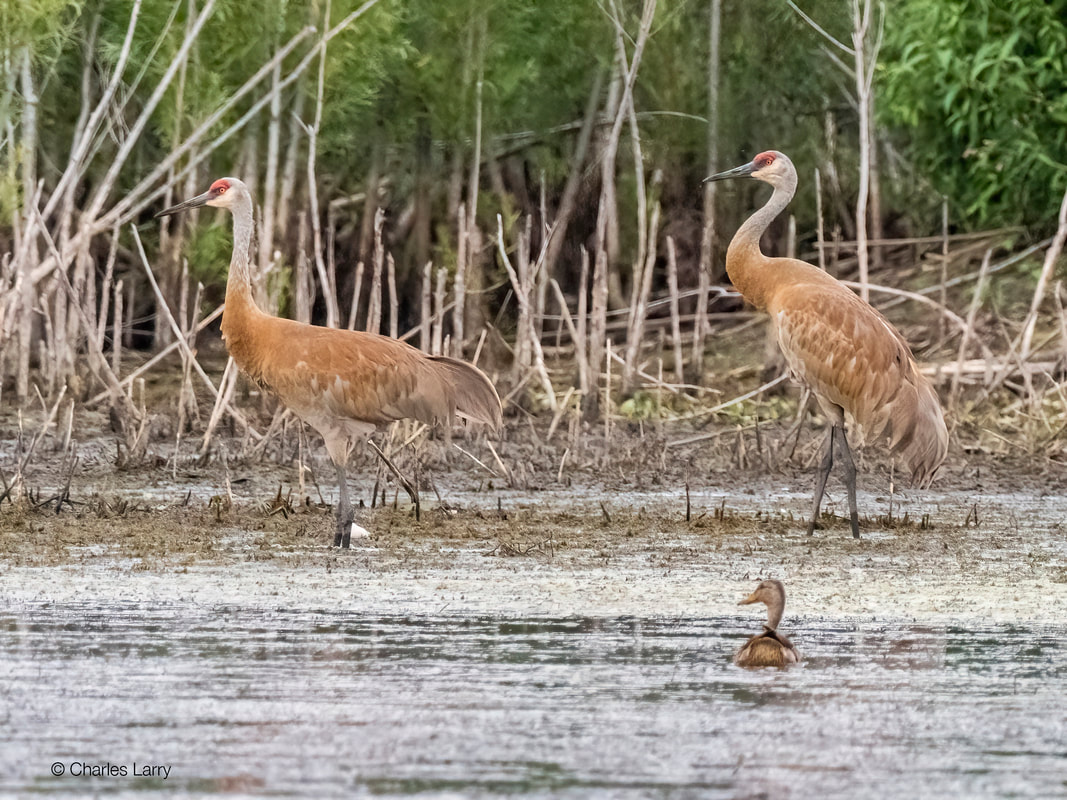
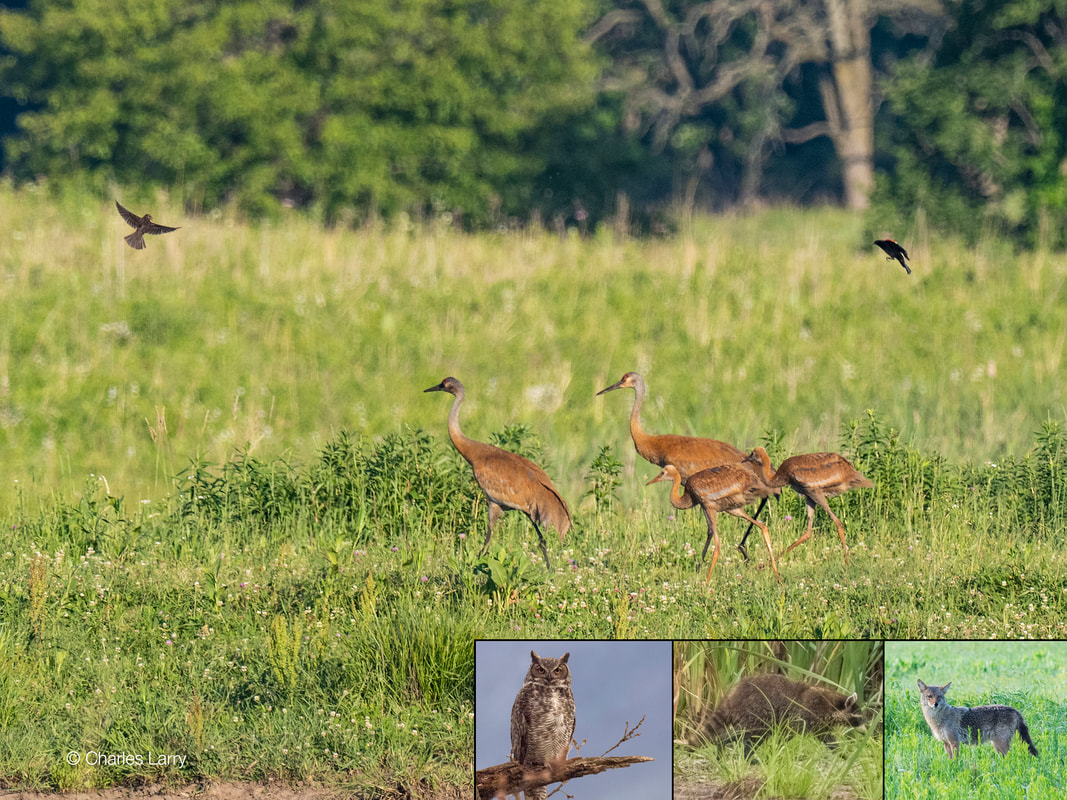
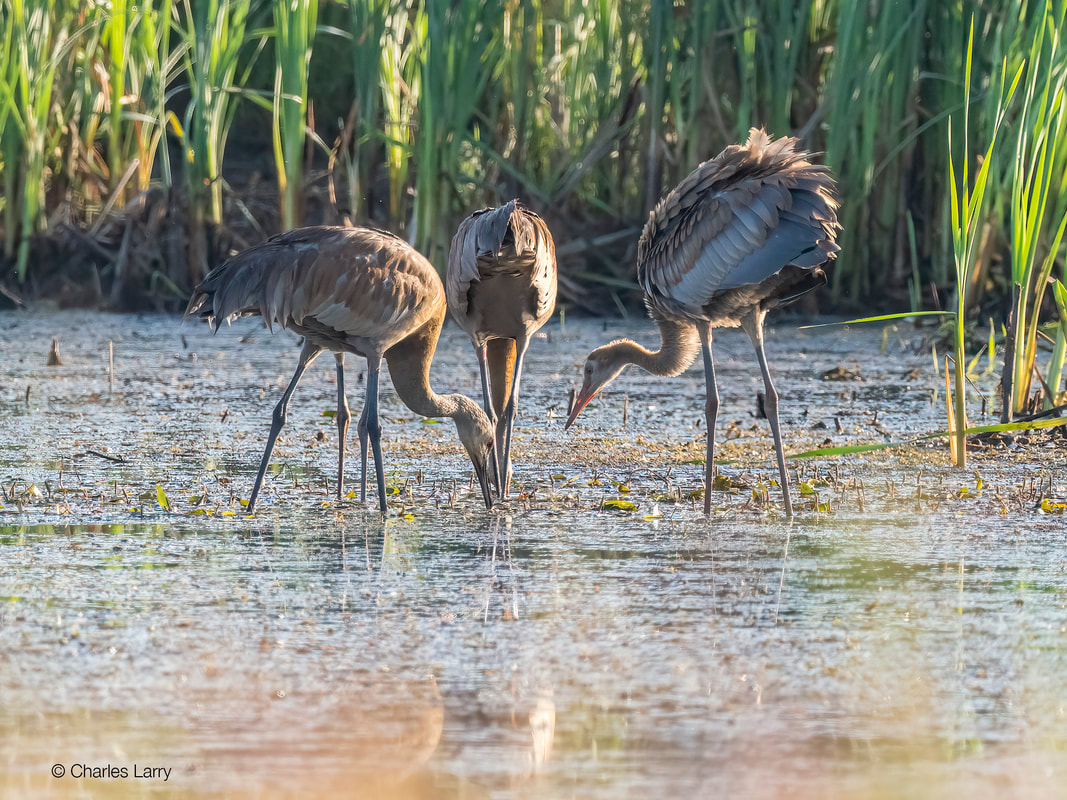
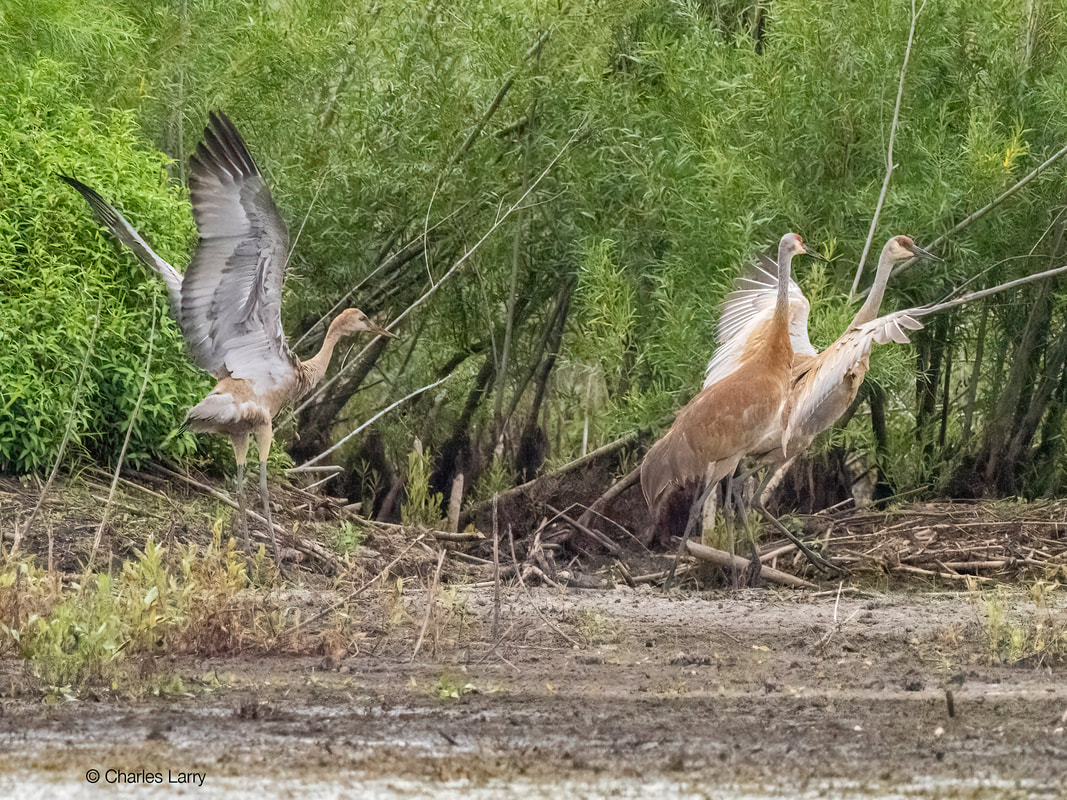
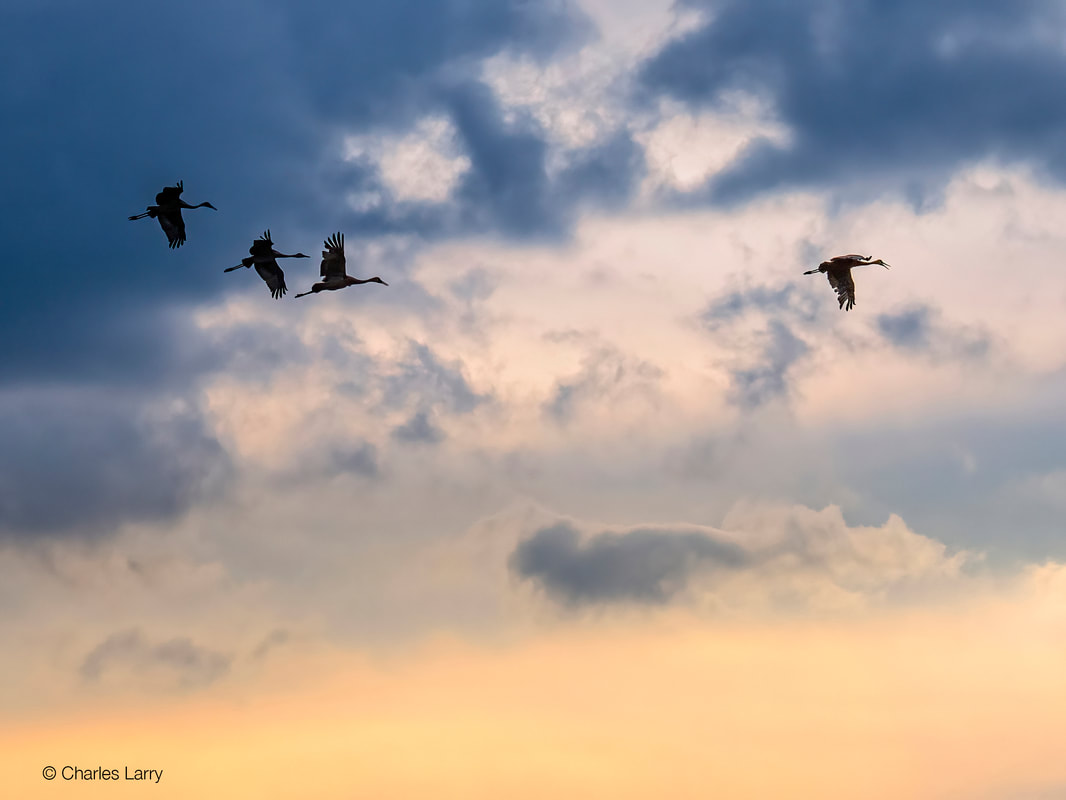
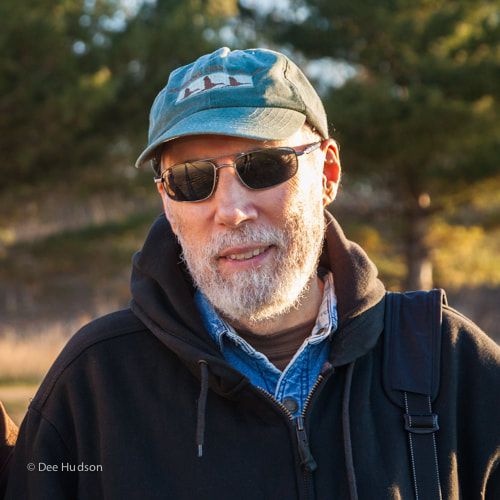
 RSS Feed
RSS Feed